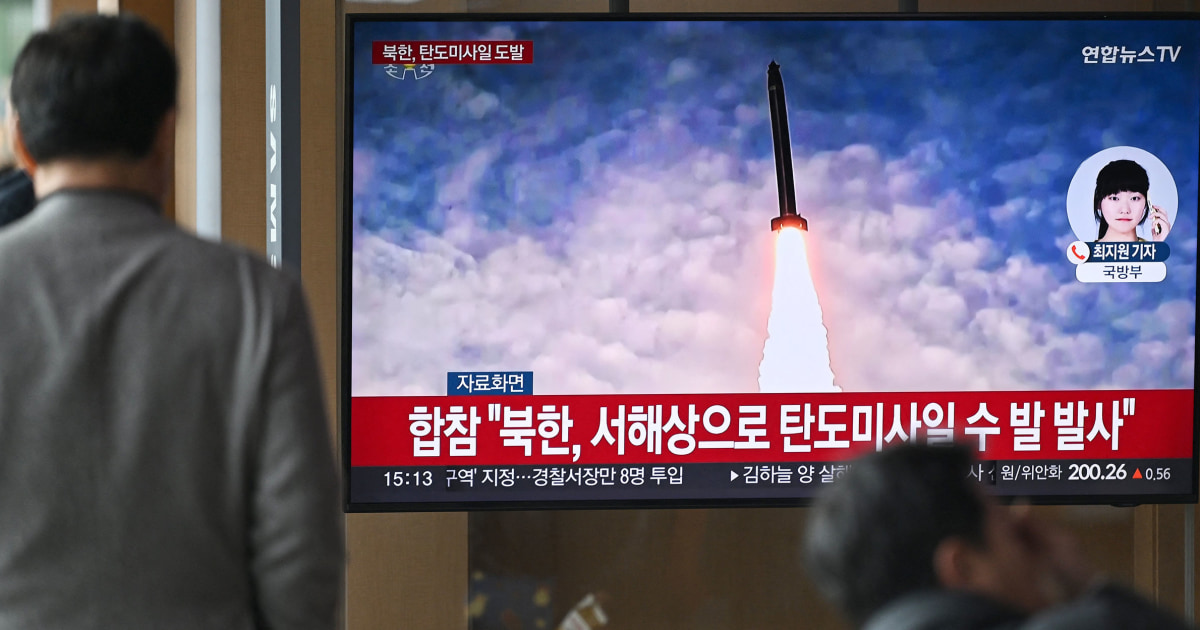Nestled in the mountains and surrounded by
thick vegetation, an old wooden building, resembling a peasant’s house, has
survived the test of time. On the wall, there is a portrait of Christ and the
Virgin Mary. This relic of a distant era is a “gongso,” one of Korea’s first
Catholic churches. For six years, 62-year-old Lee Seoung-ho, a former civil
servant, has been on a quest to photograph them. It was a visit to an old
Catholic cemetery that shook the life of this Buddhist believer.
“I found graves of Catholic martyrs with
no names but with numbers, between 1 and 37,” he recalls. “I
collapsed – how could these young people be killed because of their
faith?” This discovery prompted him to learn about the history of Korea’s
early Catholics and to locate the places where they worshiped. “I wanted
their sacrifice to be remembered,” Lee says.
The history of Korean Catholics began in the
late 18th century, when literate laypeople rediscovered Christian works dating
back two centuries from the evangelization of China by the Jesuit missionary Matteo Ricci.
They began to celebrate certain practices based on their understanding of the
books, and gradually transmitted them.
But
it was the establishment of the first apostolic vicariate of Korea in 1831 by
the Foreign Missions of Paris (MEP) that had the most significant impact.
“Catholicism quickly became popular in Korea,” explains Lee
Seoung-ho. “This new religion allowed them to imagine a more egalitarian
world, outside the class-based society of the Korean kingdom.”
Clandestine
churches without priests
At that time, the royal power distrusted the foreign religion and
banned it. Believers risked the death penalty. In 1866, nearly 7,000 Catholics
were beheaded, including members of the Foreign Missions of Paris. The faithful
fled their villages to seek refuge in the mountains, away from the authorities.
There, communities built their own hamlets and established the
gongso. This term, which translates to “public space,” denotes a
church without a priest. There were nearly 550 of them in Korea. “During
the week, the gongso was the house of the village leaders, and on Sundays, it
was open to everyone for prayer,” explains Lee Seoung-ho. Without a priest
present, the faithful could not celebrate Mass.
The remaining priests traveled from
village to village to officiate for a few days in each gongso. “They
usually came twice a year, in spring and autumn,” says Lee. This gave rise
to a unique tradition in Korean Catholicism, the sacrament of ‘pangong‘: each year,
the faithful could receive two major confessions, before Lent and before
Christmas. “Confession was important, but priests couldn’t come regularly,
so Koreans ritualized this aspect, and it remained,” he notes.
Nowadays, when these holy seasons approach, each parishioner can exchange a ticket for a
moment of exchange with their priest. The priest then writes down the
confessions of each individual faithful in an equivalent of a correspondence
notebook. The purpose is to be able to reread them and reflect on them before
the next confession. Until the 1960s, this pangong ritual also included a
catechism examination with the priest.
In 1886, the kingdom of Korea lifted the
ban on Catholicism, and believers returned to live in the cities. The gongso were
abandoned in favor of new churches, and the first cathedral was built in Seoul
in 1892. Left to decay, these places of life and worship have almost entirely
faded from memory, but their practices have persisted.
After visiting more than
half of the gongso in the country, Lee Seoung-ho published a first collection
of photos in October 2023 and plans to continue his work. He hopes to
“bring this part of Korea’s history back to life through these images,
witnesses of their sacrifices.”
link





